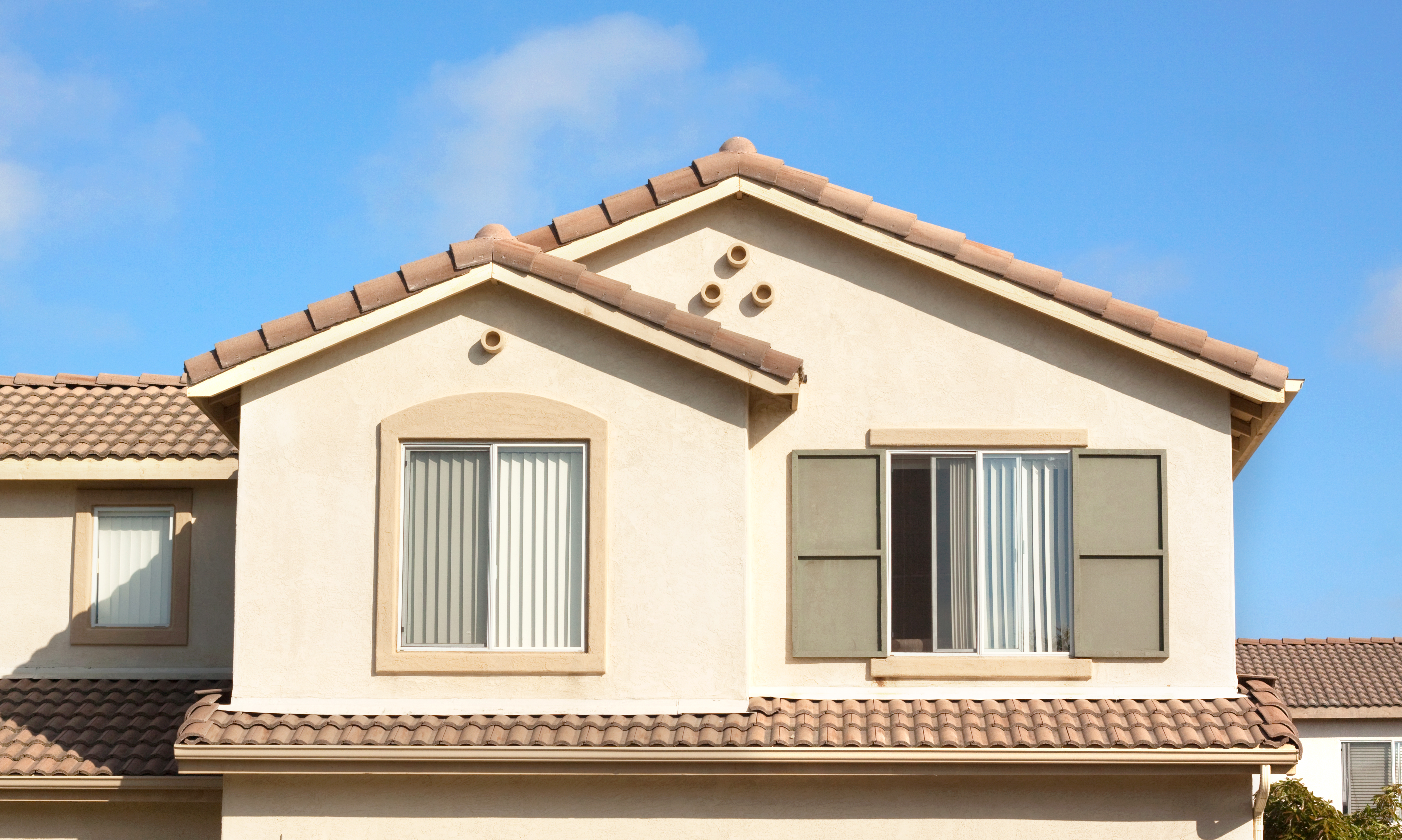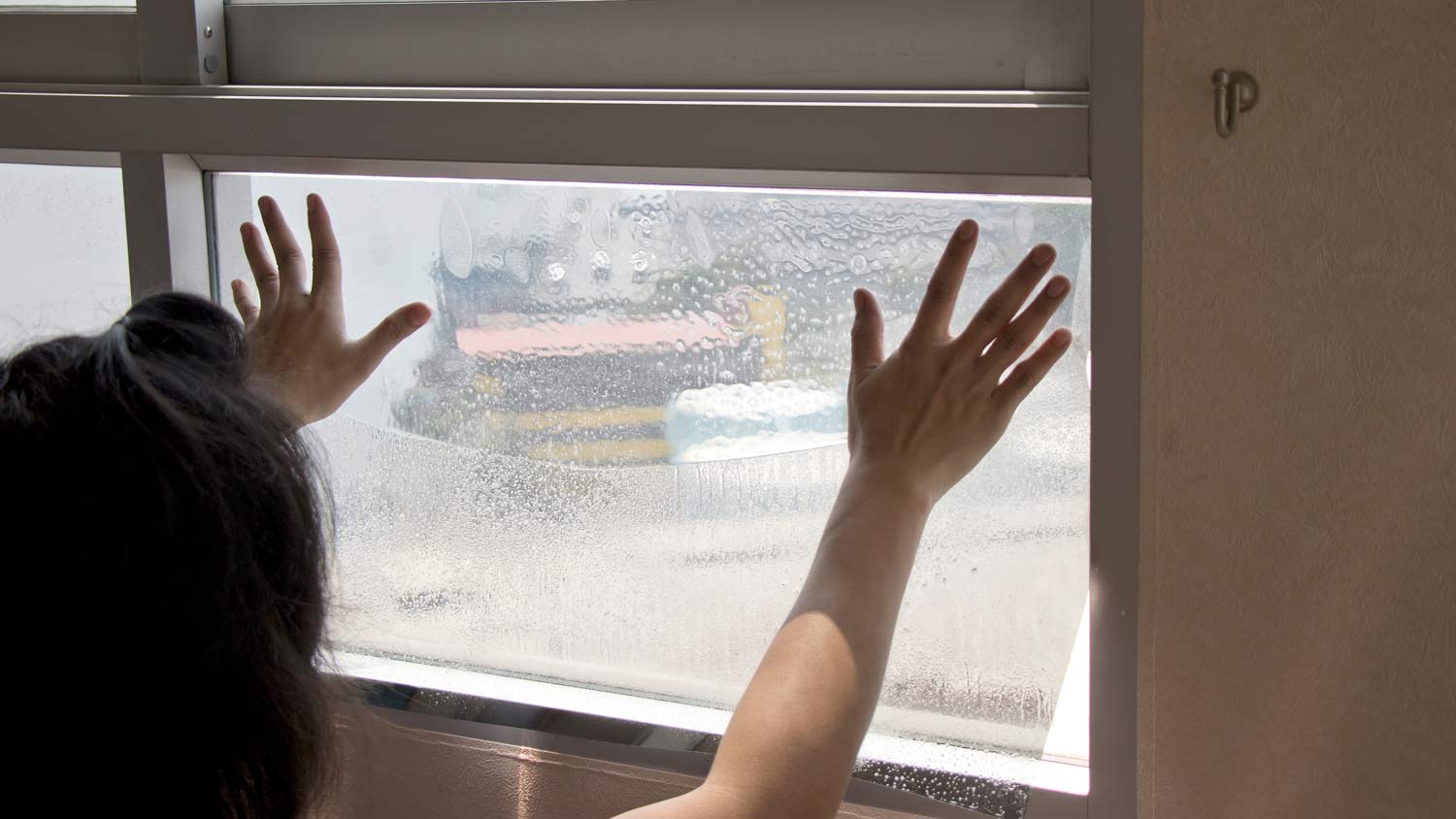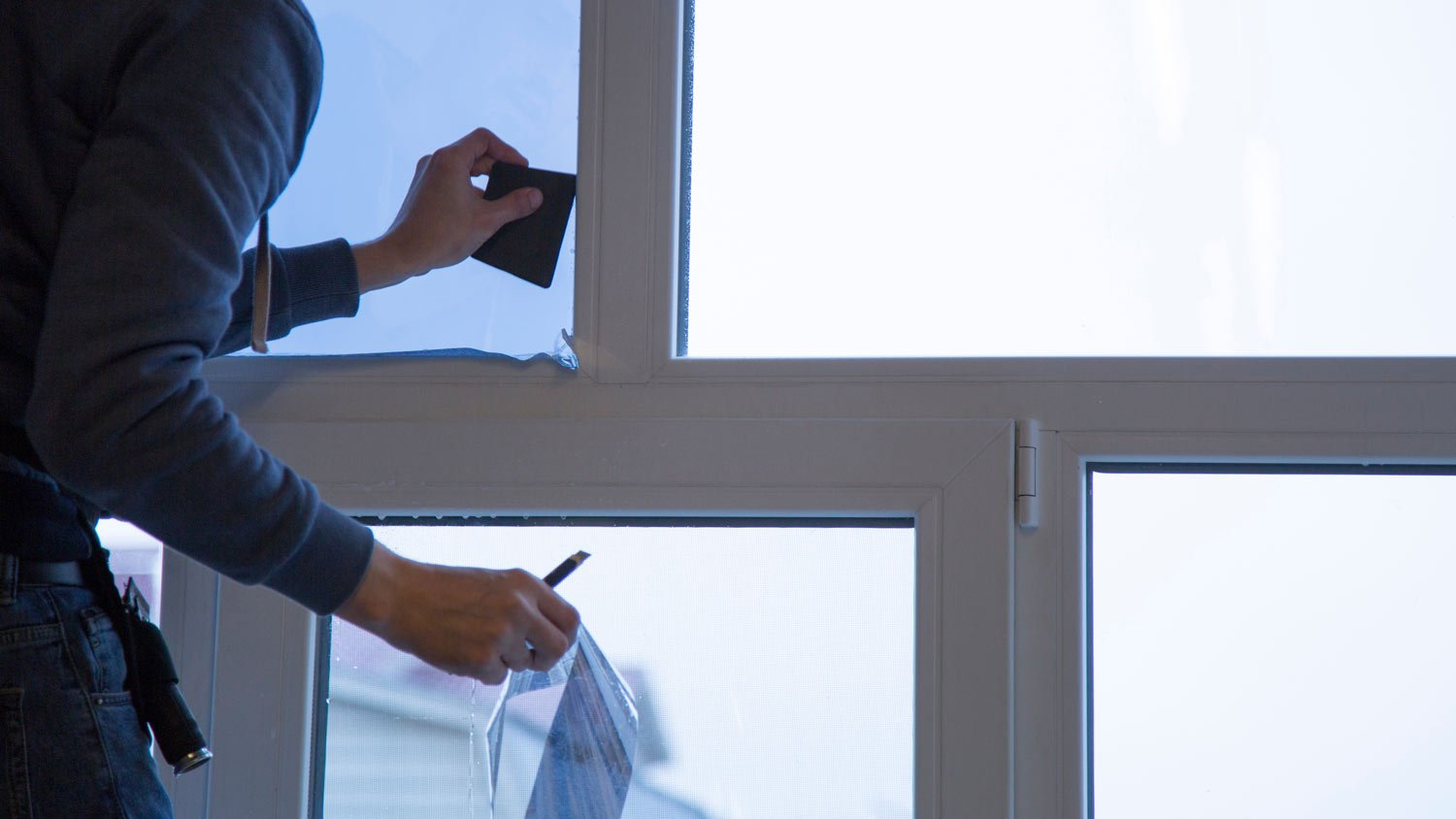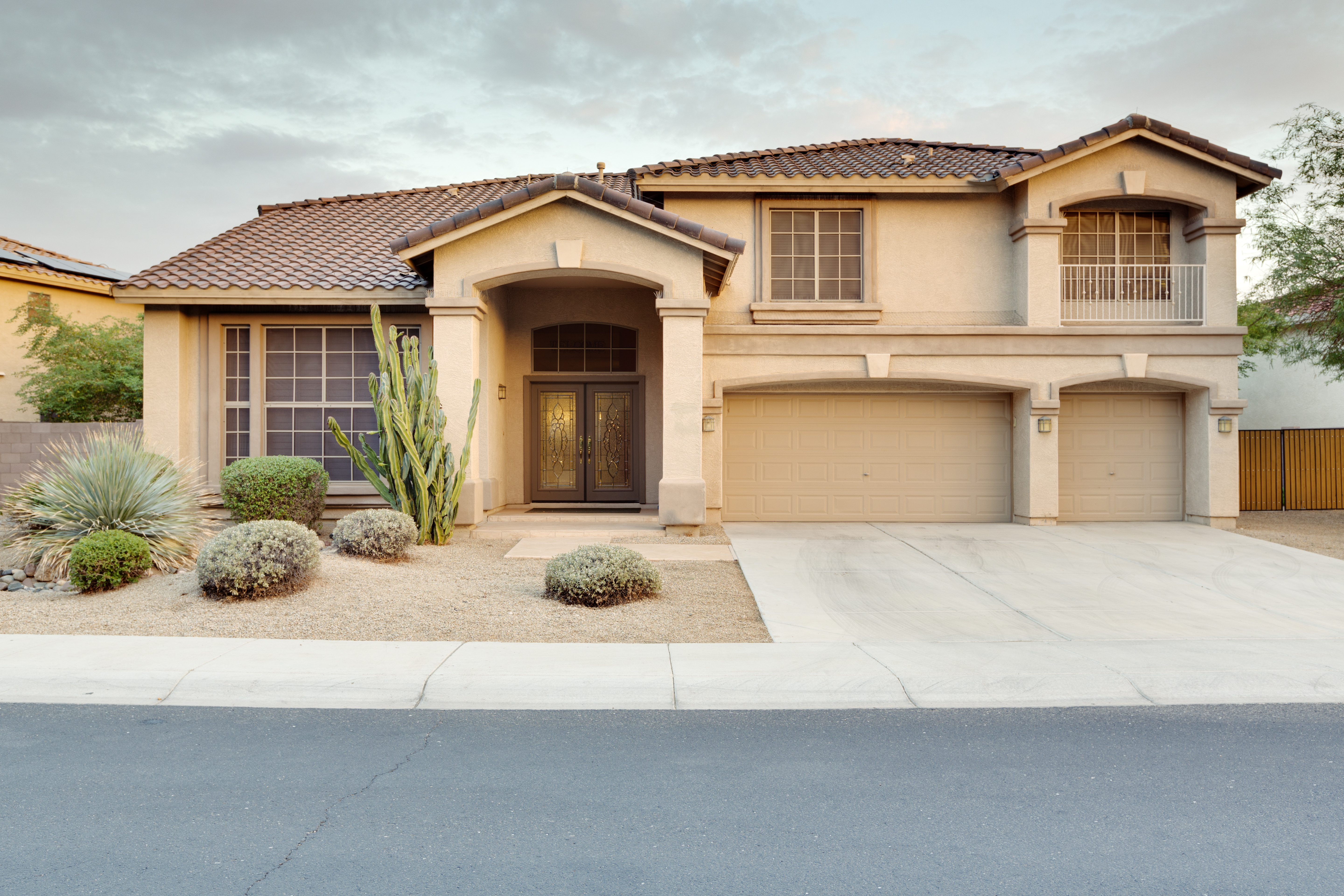
Window repair can help extend the life of your windows and preserve your home’s value. Learn about the average window repair costs in Phoenix.
Keep your window tints from fading into the sunset with these tips


When installing new window film, the glass surface of the window needs to be fully smooth and free of dust to prevent bubbling.
If window tint is beginning to peel at the edges, you may be able to reapply adhesive quickly and easily to fix the problem.
If your home has hard water, it may stain your window tint.
Most residential window tints are designed to last five to 15 years before needing to be replaced.
Does it feel like your window film is failing? While window film can be an efficient option for boosting privacy, protecting rooms from UV damage, and keeping your home's interior cool, it's susceptible to some common problems. If you're experiencing one of these problems, this guide will help you find the right fix.

Window film should be smooth and fully flush against your window. In general, it takes between 30 and 80 days for window tint to fully bond with a window. This is why a window that looked "perfect" immediately after installation may begin to bubble after a few months. Bubbling is among the most common window tint problems because no home is ever really free of dust. While very minor, nearly invisible bubbling is fairly common; extreme bubbling is cause for concern.
Unfortunately, the only way to get rid of bubbles on window film is to redo the installation. If you used a professional installer, contact them to let them know that you believe the installation was faulty. It's possible that the team did not properly clean the window surface prior to installation. If this were a DIY project, you may have failed to properly clean the window prior to following the steps for applying window film.
Properly installed window film should remain fully intact. If you've noticed window film lifting away from the glass or curling at the edges, it's only a matter of time before the film detaches completely from the window.
If peeling appears minor, try using a small amount of adhesive spray for window film to get the film to stick again. If there is extreme curling that is making it difficult to get the edges to stay in place, a more powerful adhesive available from a professional window tinter may be needed.
Are you noticing unsightly streaks or water spots on the surface of your window film? You may be confused about why your film is stained and streaked when you've been so consistent with washing your windows. The answer may be that you have hard water that contains heavy mineral concentrations.
Stop using untreated tap water to clean your windows. Use distilled bottled water instead. To remove existing spots left behind by hard water, gently clean the window using a solution made of diluted vinegar and distilled water. To prevent scratches, only use a soft microfiber cloth. Drying the surface of the window with a soft, dry towel can also help to prevent streaking.

If your window tints are clearly peeling off or bubbling to the point of being an eyesore, it's time to get some help from a local home window tinting company near you. With most home window tints designed to last five to 15 years, it may be time to consider low-e glass vs window film or discover new types of window tint if yours are on the older side.
From average costs to expert advice, get all the answers you need to get your job done.

Window repair can help extend the life of your windows and preserve your home’s value. Learn about the average window repair costs in Phoenix.

Window replacement costs in Phoenix, Arizona are lower than the national average. Invest in energy-efficient types to protect against extreme heat.

Need to replace your old windows or install new ones? Double-pane glass is probably the way to go. Use this double-pane windows cost guide to set your budget.

When it's time to winterize or update your frames, who do you call to caulk windows? It turns out that you have a few options, but there's one clear winner.

Not sure how to protect skylights from hail? We’re breaking down how you can DIY your way to a safer home by ensuring hail doesn’t damage skylights.

Precise measurements are key for home window installation. Find out how to measure for replacement windows and successfully kick off your next project.